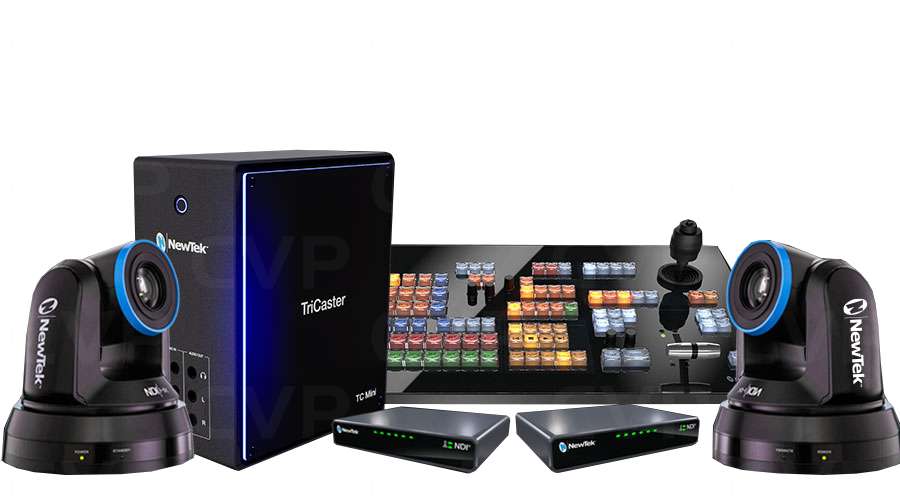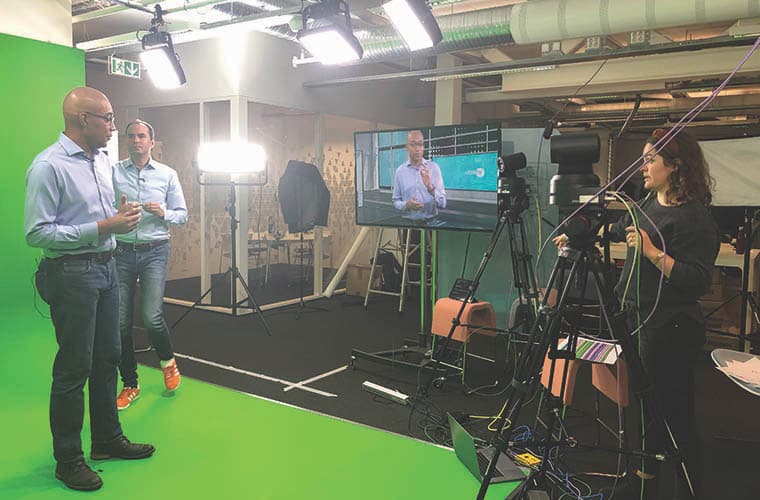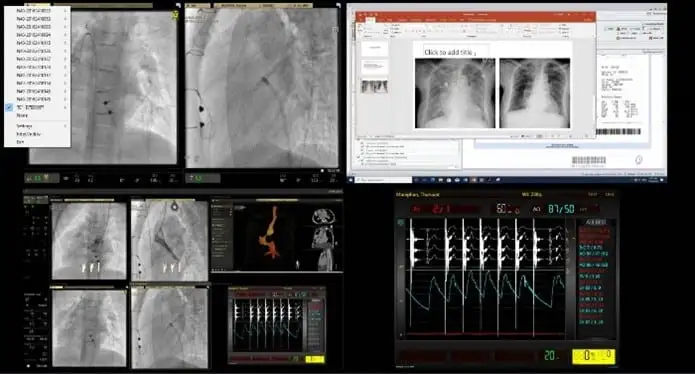There are a lot of words starting with C flying around right now; coronavirus, COVID-19, contagion, crisis, and of course corporate communications being among them. Now that the World Health Organization have declared the current events a pandemic and the public health authorities are taking unprecedented steps to help manage the outbreak, corporate communications teams must quickly work out how to be effective whilst managing the impact of the situation on their own resources.
As social distancing practices are beginning to be more commonplace and employees are being encouraged to work from home or avoid coming into the workplace, it becomes harder to communicate effectively across the organization. The science behind why social distancing can be effective is complex but it is understood to extend the period of time available for vaccine development and to slow the spread of infection. It is also understood to work best if it is enacted swiftly and for a reasonable duration ͣ.
For the Corp Comms team, that means that they will need to keep their stakeholders informed, often in a fast-changing environment, for a material period of time. And they will have to do so while many of their resources are impacted or unavailable. They need to be effective in a sustainable manner.
Let’s look at one way that this could be achieved.
I was once given a really powerful piece of advice about how to handle a crisis situation at work. Run towards it, don’t ignore it, and don’t wait for someone else to deal with it. Tackle it head on and in the open.
If you are going to run at a crisis, you need to have a pretty good idea about what you are gong to do when you reach it and that suggests that you’ll do well by having a plan worked out in advance. The plan will need to be flexible, but not loose and not so detailed that you can’t execute it swiftly and on the move. It’s good to have thought about setting up an Emergency Steering group, with the authority to create and adapt policy as required. Equally, having a communications strategy on the shelf and ready to go will mean you can keep stakeholders informed swiftly, enabling your organization to take care of your people and your business.
That communications strategy should address how, when and where you will craft a messaging framework, who will be communicated to, how often and by what means. It is likely that your communications will play out over a number of channels, including corporate Intranet sites, mobile networks, all-hands emails and town hall meetings. For an increasing number of organizations that are looking to reassure, engage, coordinate, and collaborate with their teams in a highly effective manner, video distributed over IP (Internet Protocol) provides a powerful solution. In a fast-moving situation, if video can be captured ‘live’ and be broadcast ready in real-time, vital messages can be created and delivered in an extremely expedient manner.


This is where live video production solutions can play a big role enabling organizations to communicate with a geographically diverse group of stakeholders or employees. With a system like the NewTek TriCaster Mini 4K, the corporate communications team can run the entire show from a box of tricks that can all be fitted in a backpack. A script for the message can be created in MS Word and the system will then use this to automatically create a rundown (or set of directions for cameras, lights, on screen graphics and transitions). Using plug’n’play peripherals like the NewTek NDI-powered PTZ (motorized pan-tilt-zoom) cameras, it’s possible to capture video from anywhere that is on your corporate network. NDI is the video transport standard that is designed to work over normal gigabit Ethernet networks and it turns each video source into a destination as well, meaning there are even more options for pulling video into your presentation. Talking of presentations, NDI converters will enable you to include PowerPoint and other computer-generated outputs into your show, seamlessly.
Live video production systems used to be the preserve of broadcasters and required highly skilled technical operators. By harnessing the power of software and automation, broadcast quality productions, complete with high quality on-screen graphics, virtual studio sets and camera transitions can be set up and ready to go in under 5 minutes by the Corporate Communications tam themselves. Have a look here to see how it can be done.
Using video in your corporate communications and streaming it across your network, or even out to your social media channels, if you wish, will help you engage with your audience in a highly impactful and professional manner, giving them access to your leadership team and the key messages and guidance that they have to deliver, providing some clarity in this period of uncertainty.

ͣJ.K Kelso, GJ Milne and H Kelly Simulation suggests that a rapid activation of social distancing can arrest epidemic development due to a novel strain of infulenza https://link.springer.com/article/10.1186/1471-2458-9-117, T C Reluga Game Theory of Social Distancing in Response to an Epidemic https://www.ncbi.nlm.nih.gov/pmc/articles/PMC2877723/






